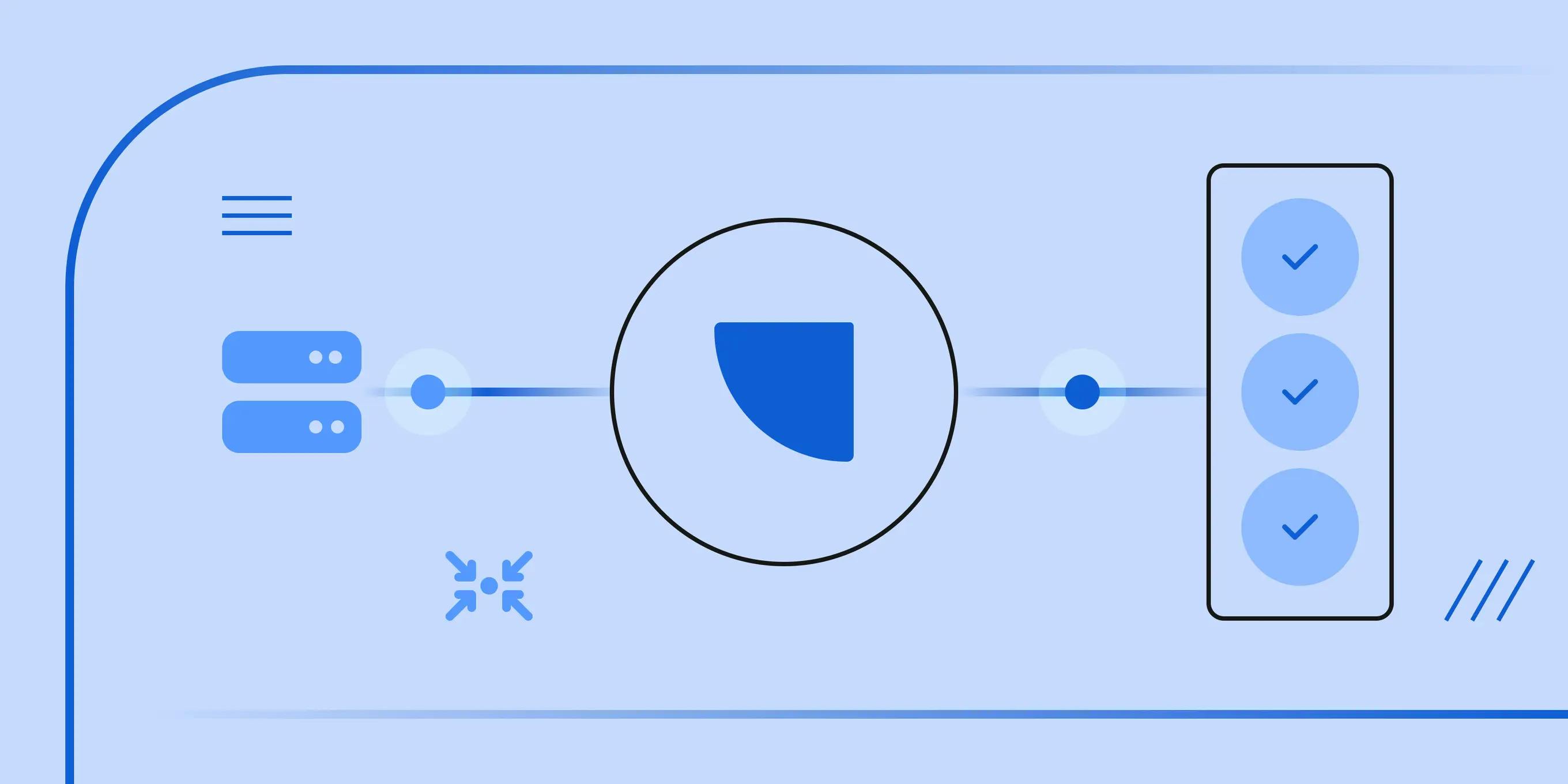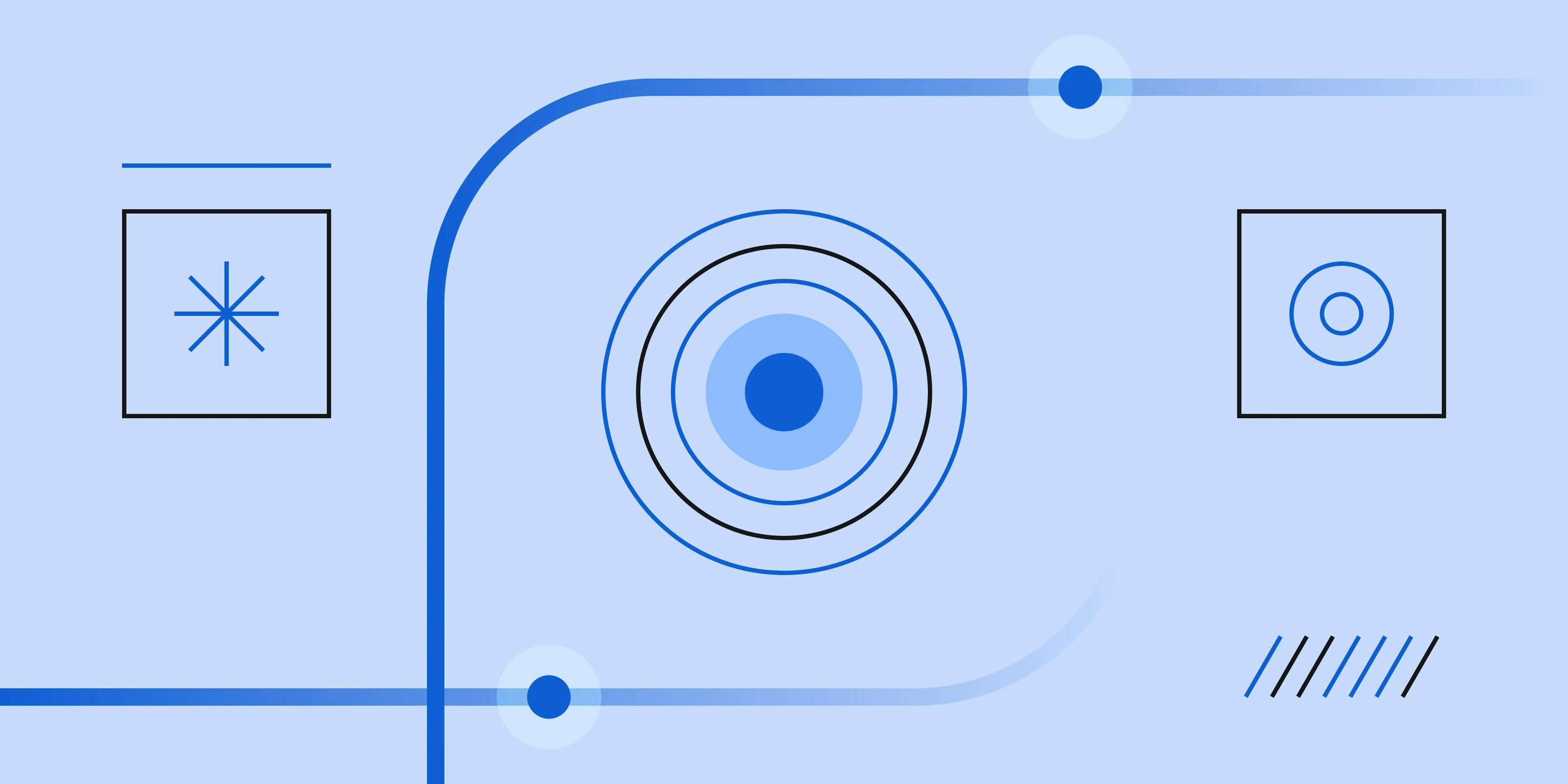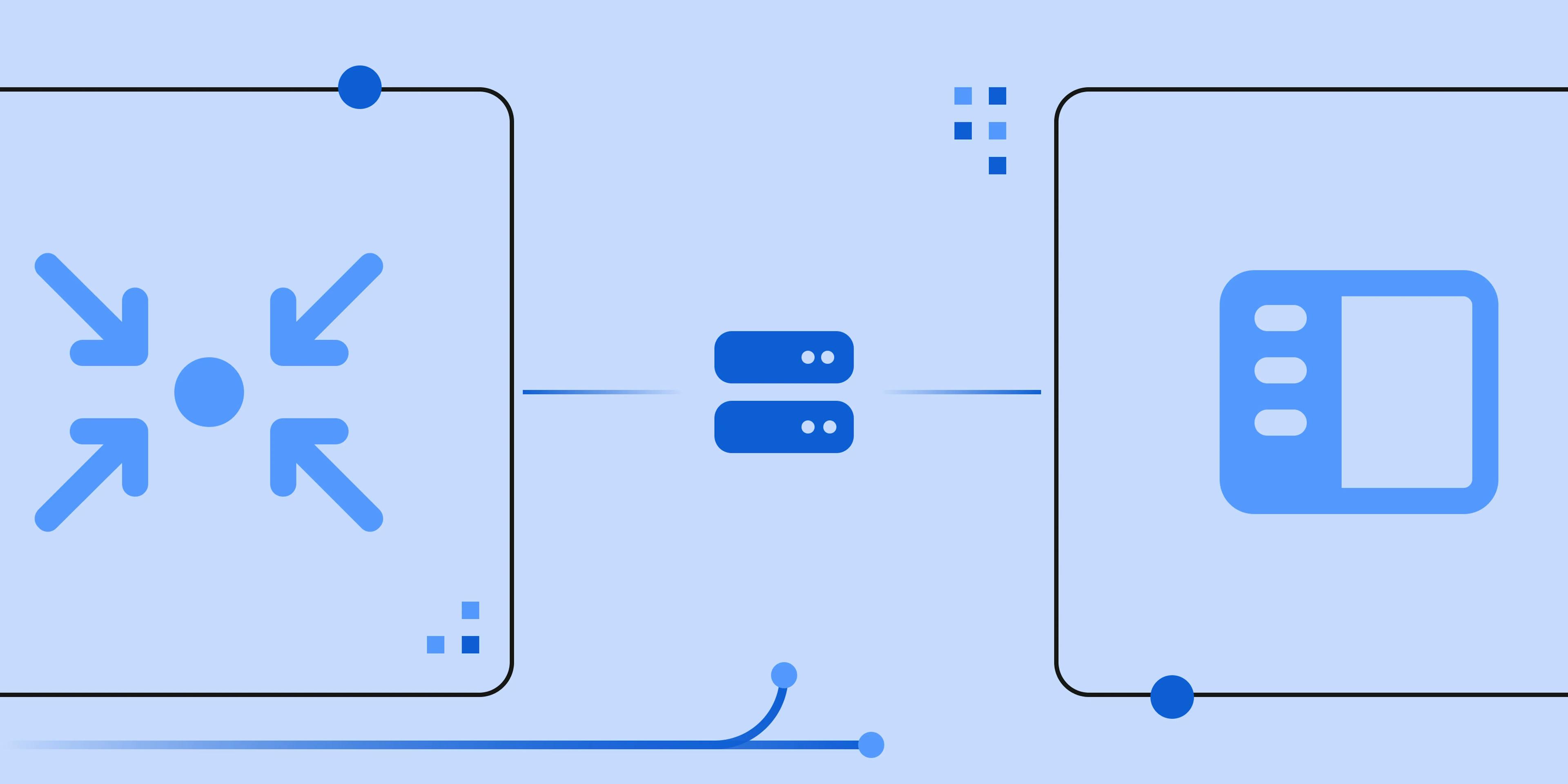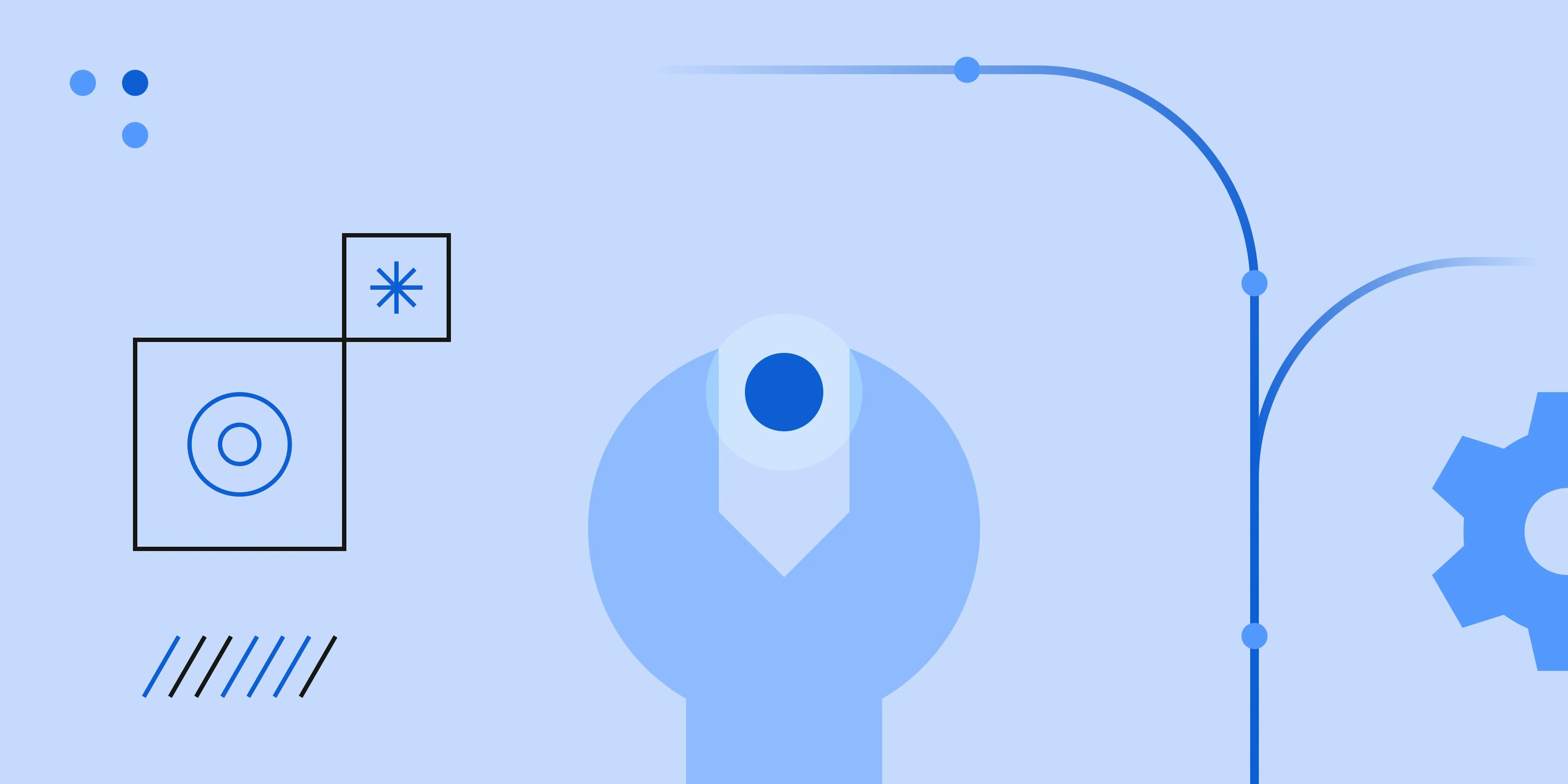Feeling stuck with Segment? Say 👋 to RudderStack.
Blogs
Bridge the client-side/server-side gap with RudderStack hybrid mode
Written by
Amy Ng
Product Director at RudderStack
Brooks Patterson
Product Marketing Manager
At RudderStack, we believe you can turn your customer data into competitive advantage while respecting and protecting data privacy. We began with security and privacy in mind, bringing a Warehouse Native approach to the customer data platform, which means we don’t store your data.
Products like our compliance toolkit reflect our ongoing commitment to data privacy, putting you in control of where and how your customer data gets used. Our library of high-performance SDKs make it easier for you to collect first-party data from all of your sites and applications.
We can’t overstate the importance of collecting first-party data. We’re approaching a future without third-party cookies, and the consequences for behavioral data collection are considerable. Eventually, user tracking will shift from predominantly client-side, third-party data collection to predominantly server-side, first-party data collection.
However, today many tools still require client-side tracking via their native SDKs for important functionality. This is especially true of applications that surface real-time notifications such as push notifications and in-app messaging.
For these scenarios, the optimal solution is a hybrid implementation that uses server-side tracking except when client-side tracking is required for certain functionalities. Hybrid solutions deliver the best of both worlds, but they’re harder to implement. That’s why we’ve developed hybrid mode deployment for key destinations like GA4 and Braze. It productizes a one-step hybrid deployment, so you can deliver fuller, more unified, and accurate data sets with minimal impact on front-end performance from third-party code.
Why hybrid mode?
To thrive in a world without third-party cookies, it’s imperative to move to a customer data strategy that puts first-party data first. Hybrid mode allows you to build toward this future while still taking advantage of third-party data when needed.
When it comes to behavioral data collection, client-side tracking (device mode in RudderStack) by nature creates third-party data because it sends your customer data directly from the browser to a third-party service provider. Server-side tracking (cloud mode in RudderStack), on the other hand, sends data from the browser to a server which acts as an intermediary and routes the data downstream.
With cloud mode in RudderStack, our SDK sends event data directly to the RudderStack server where they’re transformed into a destination-specific format and then passed downstream to your destinations of choice. Using cloud mode for server-side tracking enables you to collect first-party user behavioral data in real-time and control which third-party services it’s routed to.
Server-side tracking flips the paradigm. With client-side tracking, the third-party service gets (and owns) your data first. You then effectively have to “ask” the third party for access. With server-side tracking, it’s the opposite. You get (and own) the data first, and you control which third-party services get access to it.
Server-side tracking will only become more important moving forward, but much technology today still relies on client-side collection methods to support critical functionality. Hybrid mode allows you to build your customer data strategy around first-party data, prioritizing server-side tracking, while simultaneously taking advantage of services that require client-side tracking.
What is hybrid mode?
RudderStack’s hybrid mode is a connection mode that packages client-side and server-side tracking into a single, one-click deployment.

The hybrid instrumentation delivers the benefits of server-side tracking with cloud mode – first-party data capture, plus better site performance and more reliable data collection. It also leverages a device mode connection to capture data that is native to the destination SDK via client-side tracking to support critical functionality. This implementation delivers a fuller, more unified set of data with minimal impact on site performance. It also enables you to take advantage of our data governance features for the data you collect using cloud mode.
To bring this home, we’ll look at two specific applications for Hybrid mode:
- Better attribution in GA4
- Push notifications and in-app messages in Braze
Hybrid mode use cases
Hybrid mode is currently available for GA4, Braze, Leanplum, and Rockerbox, and we’re expanding the offering to include more destinations. Here’s how our customers are using hybrid mode for GA4 and Braze.
- Better attribution in GA4 – To get full functionality out of GA4, you have to combine server-side and client-side tracking. Server-side tracking provides more reliable data collection, but GA4 requires client-side tracking to support its attribution, sessionization, geolocation, and remarketing capabilities. Here’s how our hybrid implementation works: RudderStack sends
page
calls via device mode and all other calls via cloud mode. The device modepage
calls capture attribution information (such as UTM parameters) that is only available in device mode. RudderStack then automatically stitches thepage
call information with the rest of the cloud mode events using Google’sclientID
andsessionID
. This gives you a fuller, more unified, and accurate set of attribution data with minimal impact on site performance. With RudderStack’s integration, you don’t have to create two separate connections and then de-duplicate events via filtering and transformations. - Get full power from Braze with first-party-first data capture – To drive deeper engagement on mobile, push notifications and in-app messages are two of the most critical tools at your disposal. However, these auto-generated events require client-side tracking via native SDK in customer engagement platforms like Braze. With our hybrid mode connection, you don’t have to settle. It automatically sends data to Braze via first-party data capture with cloud mode for all events except those required to trigger push notifications and in-app messages. With hybrid mode, your marketing team can take full advantage of Braze’s leading engagement features while you move towards a first-party-first customer data strategy.
Get started
Utilizing RudderStack’s hybrid mode connections, you can build towards a first-party future with server-side tracking while still taking advantage of client-side tracking when necessary. It’s a one-click implementation that delivers the best of both worlds. We’re continuing to expand hybrid mode support, and it’s currently available for our GA4, Braze, Leanplum, and Rockerbox destinations.
With hybrid mode, you don’t have to create two separate connections for each destination and then de-duplicate events via filtering and transformations. Simply set up your connection in RudderStack and toggle on hybrid mode. Check out the hybrid mode docs to learn more about how you can get started.
Try hybrid mode today
Sign up for a free RudderStack account to test drive hybrid mode
Recent Posts

Addressing Segments limitations: from data storage to data strategy
By Mackenzie Hastings

Feature launch: Append and table skipping for warehouse FinOps
By Badri Veeraragavan, John Wessel

Building the Data Foundation for AI
By Soumyadeb Mitra
Get the newsletter
Subscribe to get our latest insights and product updates delivered to your inbox once a month